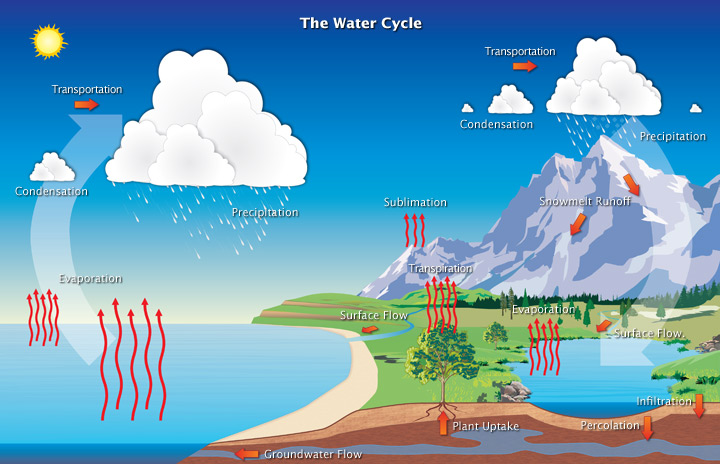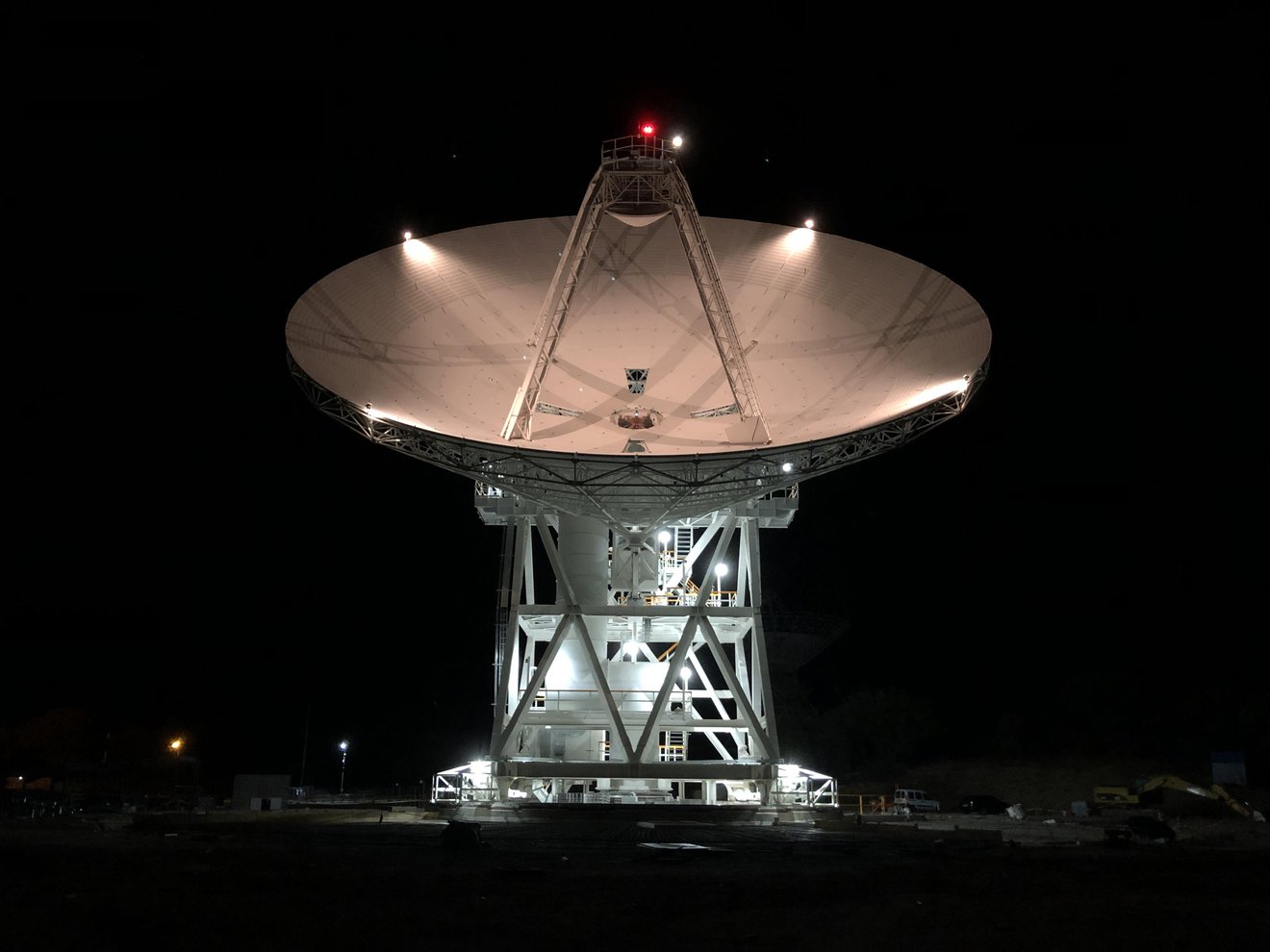| Item | In Stock | Price |
|---|---|---|
| Opportunity | Info | 23.99 |
| SQL Hat | True | 23.99 |
| Codecademy Tee | False | 19.99 |
| Codecademy Hoodie | False | 42.99 |
RoverInventory
| Year | Rover| HomePAge | | —- | ————- | —- | | xxxx | Opportunity | Info | | xxxx | Spirit | Info | | xxxx | Curiosity | Info | | xxxx | Sojourner | Info | | xxxx | Perseverance | Info | | xxxx | PathFinDer| Info |


Mars Reconnaissance Orbiter
Jim Taylor, Dennis K. Lee, and Shervin Shambayati
6.1 Mission Overview 
The Mars Reconnaissance Orbiter (MRO) [1, 2] has a suite of instruments making observations at Mars, and it provides data-relay services for Mars landers and rovers. MRO was launched on August 12, 2005. The orbiter successfully went into orbit around Mars on March 10, 2006 and began reducing its orbit altitude and circularizing the orbit in preparation for the science mission. The orbit changing was accomplished through a process called aerobraking, in preparation for the “science mission” starting in November 2006, followed by the “relay mission” starting in November 2008. MRO participated in the Mars Science Laboratory touchdown and surface mission that began in August 2012 (Chapter 7). ReadMore - PDF NASA’s Mars Reconnaissance Orbiter searches for evidence that water persisted on the surface of Mars for a long period of time. ActiveMission - DoD
Viking 1
The first spacecraft to successfully land on Mars, Viking 1 was part of a two-part mission to investigate the Red Planet and search for signs of life.
Viking Lander 1 EDR Image Browser
Mars Relay Network
Lessons Learned from the Mars Relay Network: Considerations for Future Relay Networks
The Global CTX Mosaic of Mars
The Bruce Murray Laboratory for Planetary Visualization has completed a 5.7 terapixel mosaic of the surface of Mars rendered at 5.0 m/px. Each pixel in the mosaic is about the size of a typical parking space, providing unprecedented resolution of the martian surface at the global scale.
Deep Space Network Now @nasa-jpl

International MODIS/AIRS Processing Package
The International MODIS/AIRS Processing Package (IMAPP) allows ground stations capable of receiving direct broadcast data from the NASA Terra and Aqua spacecraft to create a suite of products from the MODIS instruments. The IMAPP software is freely available, and is supported on Intel Linux host platforms. Real Time Earth Observation for Societal Benefits The University of Wisconsin – Madison’s Space Science and Engineering Center (SSEC) University of Tokyo’s Institute of Industrial Science MODIS Data Service Center USDA Forest Service Remote Sensing Applications Center (RSAC) The University of South Florida’s MODIS Direct Broadcast Data Products RELATEDTWEET


Deep Space Network, Deep Space Station 56 (DSS-56), a 112-foot-wide antenna at Madrid Deep Space Communications Complex in Madrid, Spain. Image Credit: NASA
.ic {
filter: contrast(200%); }

Mars Reconnaissance Orbiter
Jim Taylor, Dennis K. Lee, and Shervin Shambayati
6.1 Mission Overview
The Mars Reconnaissance Orbiter (MRO) [1, 2] has a suite of instruments making observations at Mars, and it provides data-relay services for Mars landers and rovers. MRO was launched on August 12, 2005. The orbiter successfully went into orbit around Mars on March 10, 2006 and began reducing its orbit altitude and circularizing the orbit in preparation for the science mission. The orbit changing was accomplished through a process called
aerobraking, in preparation for the “science mission” starting in November 2006, followed by the “relay mission” starting in November 2008. MRO participated in the Mars Science Laboratory touchdown and surface mission that began in August 2012 (Chapter 7). ReadMore - PDF NASA’s Mars Reconnaissance Orbiter searches for evidence that water persisted on the surface of Mars for a long period of time. ActiveMission - DoD

